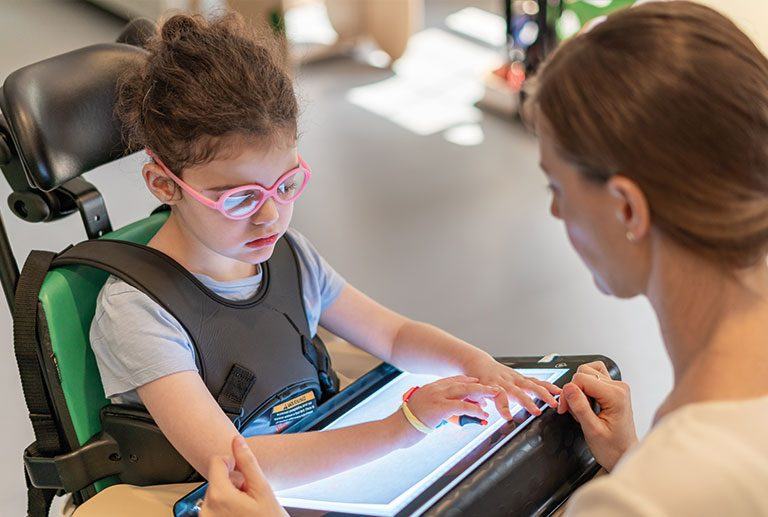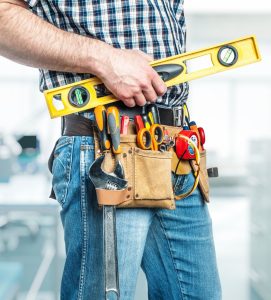Essential Tools Used In Child Occupational Therapy

Child occupational therapy employs a variety of tools to support children in developing essential skills for daily living. These tools are designed to address a range of needs, from improving motor skills to improving sensory processing. Here’s a look at some of the key tools used in child occupational therapy:
Fine motor skills tools
Fine motor skills are important for tasks such as writing, buttoning shirts, and using utensils. Occupational therapists use tools like:
- Manipulatives – Items such as beads, pegboards, and puzzles help improve hand-eye coordination and dexterity. These activities encourage children to use their hands and fingers more effectively.
- Therapy putty – Putty of various textures is used to strengthen hand muscles and improve grip. Children can stretch, squish, and mold the putty, which helps improve finger strength and coordination.
- Tweezers and tongs – Using these tools for picking up small objects helps develop precision and control in hand movements.
Sensory integration tools
Sensory processing issues can affect how a child interacts with their environment. Occupational therapists use sensory tools to help children manage sensory input:
- Sensory toys – Items like fidget spinners, stress balls, and textured balls provide tactile stimulation and help children self-regulate their sensory needs.
- Weighted blankets and vests – These provide deep pressure input, which can be calming and help children with sensory processing disorders feel more grounded and focused.
- Sensory paths – These are designed pathways with different textures and sensory experiences, such as textured mats and balance beams, to help children engage with their sensory environment in a controlled manner.
Gross motor skills tools
Gross motor skills involve large muscle groups and are essential for movement and coordination. Tools used include:
- Balance boards – These help improve balance and coordination by challenging children to maintain stability on an unstable surface.
- Trampolines and therapy balls – Jumping on a trampoline or bouncing on a therapy ball helps develop core strength and coordination.
- Obstacle courses – Customized courses with tunnels, ladders, and hurdles promote physical activity and help children improve their motor planning and spatial awareness.
The tools used in child occupational therapy are diverse and tailored to meet the specific needs of each child. From fine motor skill aids to sensory integration tools, these resources play a key role in helping children develop the skills necessary for daily living and overall well-being.




